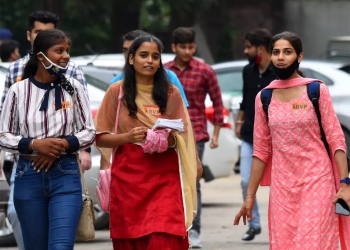In order to help students, as well as interested professionals and researchers, the ISRO is now offering a free online course through the Swayam platform. The Indian Institute of Remote Sensing (IIRS) and the Indian Space Research Organization (ISRO) is offering a free online course called Basics of Remote Sensing, Geographical Information System (GIS), and Global Navigation Satellite System (GNSS) that may be completed in 15 weeks. In all, the course will require 75 hours of study time, which will be divided into four modules: remote sensing fundamentals, global navigation satellite system, geographic information system, and applications of geospatial technology. Dr. Poonam S Tiwari, a scientist and member of the teaching faculty at the Indian Institute of Remote Sensing, Indian Space Research Organization (ISRO), Dehradun, is leading the course. She holds a Master of Technology in Remote Sensing and Geographic Information Systems (GIS). According to the Swayam platform, she has received her Ph.D. from the Indian Institute of Technology (IIT) in Roorkee. A photogrammetric application, laser data processing, and automated feature extraction are among the areas of expertise of the professor, who has over 20 years of research and teaching experience.
Also, know the Best Universal Remotes for Firestick (2021)
It will introduce the fundamental principles of remote sensing, earth observation sensors and platforms, thermal remote sensing, spectral signatures of different land cover features, and visual image interpretation as well as hyperspectral remote sensing technology to those who take part in the course. The following are the modules that will be addressed in detail:
The principles of remote sensing, earth observation sensors and platforms, the spectral signature of different land cover features, image interpretation, thermal and microwave remote sensing, and digital image processing, including the fundamental concepts of rectification and registration, enhancement, classification, and accuracy assessment techniques are covered in detail in Chapter 1. An overview of the global positioning system (GPS) and global navigation satellite system (GNSS), including receivers, data processing methods, faults, and accuracy.Geographical information system (GIS): GIS, databases, topology, geographical analysis, and open-source software, among other things. Agriculture and soil, forestry and ecology, geoscience and geo-hazards, marine and atmospheric sciences, urban and regional studies, and water resources are some of the applications of remote sensing and geographic information systems.
























